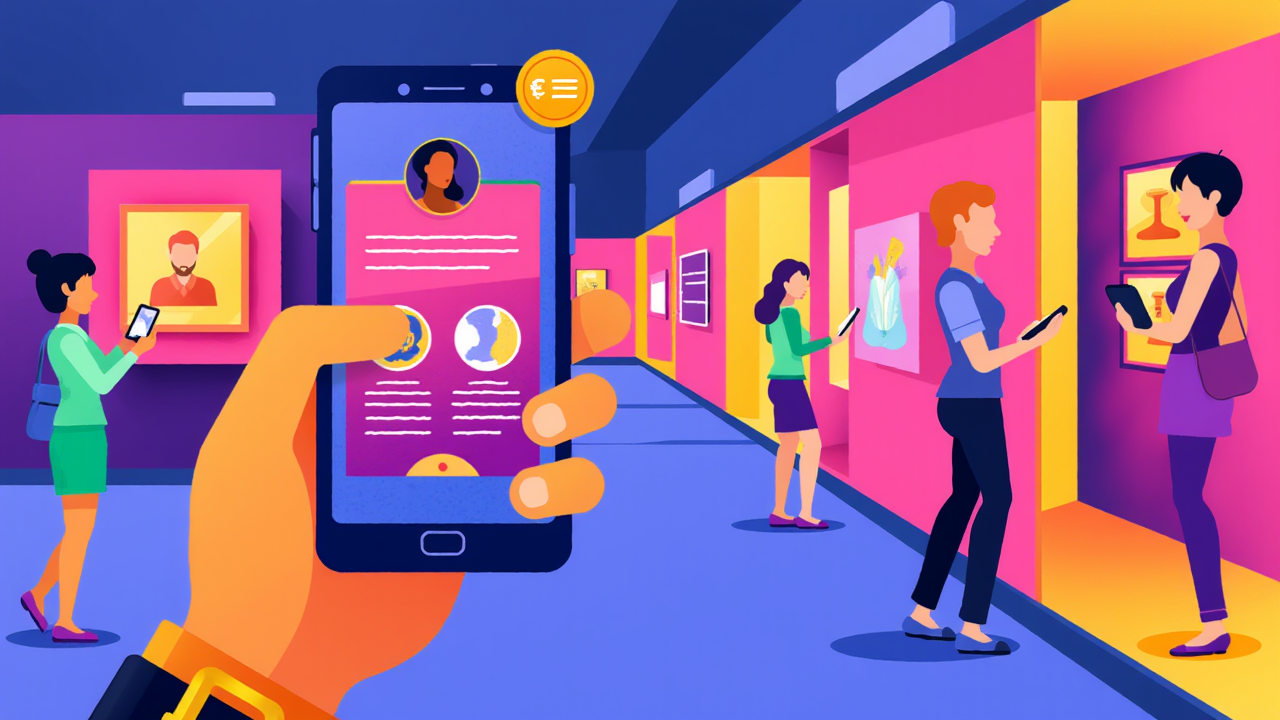Many institutions continue to use hardware-based audio guide solutions. Our research shows that museum visitors are ready to fully transition to using their own devices, and that this is an opportunity to dramatically improve the quality of their experience. In fact, 75% of visitors in our Visitor Survey strongly favor using their own smartphone.
Visitors regularly express frustration with traditional museum hardware – bulky headsets, heavy and often dirty players, the hassle of picking them up, learning to use them, and dropping them off. In addition to the limitations of the hardware, this format often has significant weaknesses from a content perspective: lack of coverage of many languages, one-size-fit-all format, basic ability to follow visitor in the visit (often using codes the user need to input).
90% of visitors in our Visitor Survey strongly favor using their own smartphone. 65% would prefer not to have to download a new app.
This has resulted in low engagement levels across institutions that use these solutions: our research estimates that most museums and cultural institutions achieve 3-7% pick up rate for traditional audio guides. There is a large opportunity to dramatically increase this number (for more data on this, look out for our case studies later this year).
But the traditional hardware model is also a source of hassle for institutions, with high costs and maintenance needs. In that context, what is the best solution for institutions migrating away from hardware-based audio guides, or adopting audio experiences for the first time?
We are conducting extensive research on this topic, and so far we have learned that:
- 65% of visitors interested in listening to audio content on their phone would prefer not to have to download a new app
- Visitors prefer a large choice of short duration content vs. long exposes
- Visitors want to be able to access the content for the exhibits they choose to look at easily (e.g. 85% are comfortable with QR codes)
- Visitors prefer to choose their content vs. following a tour (73% vs. 17%)
We will be sharing more data on this topic in the coming months, feel free to reach out to our team if you want to discuss more!
